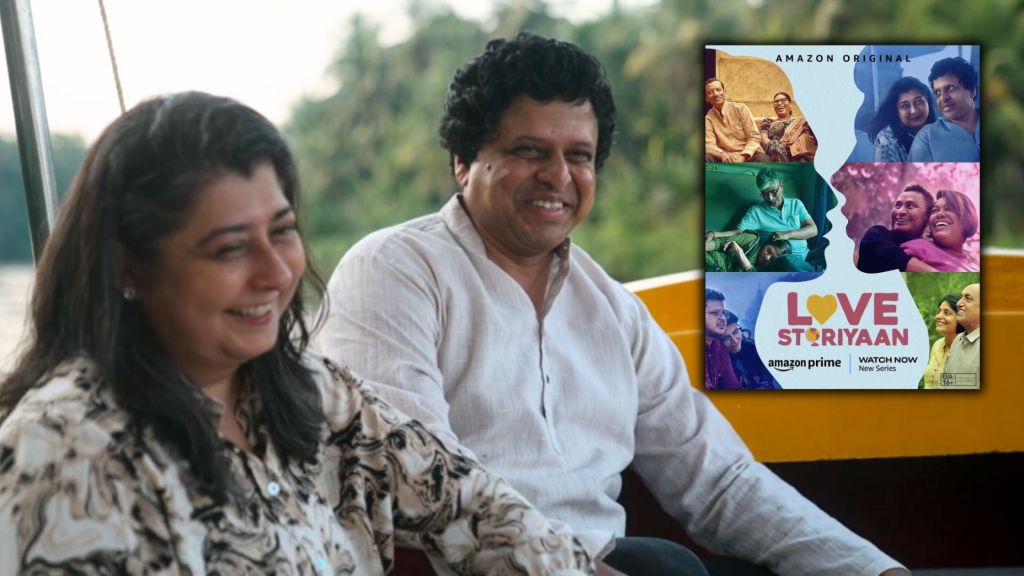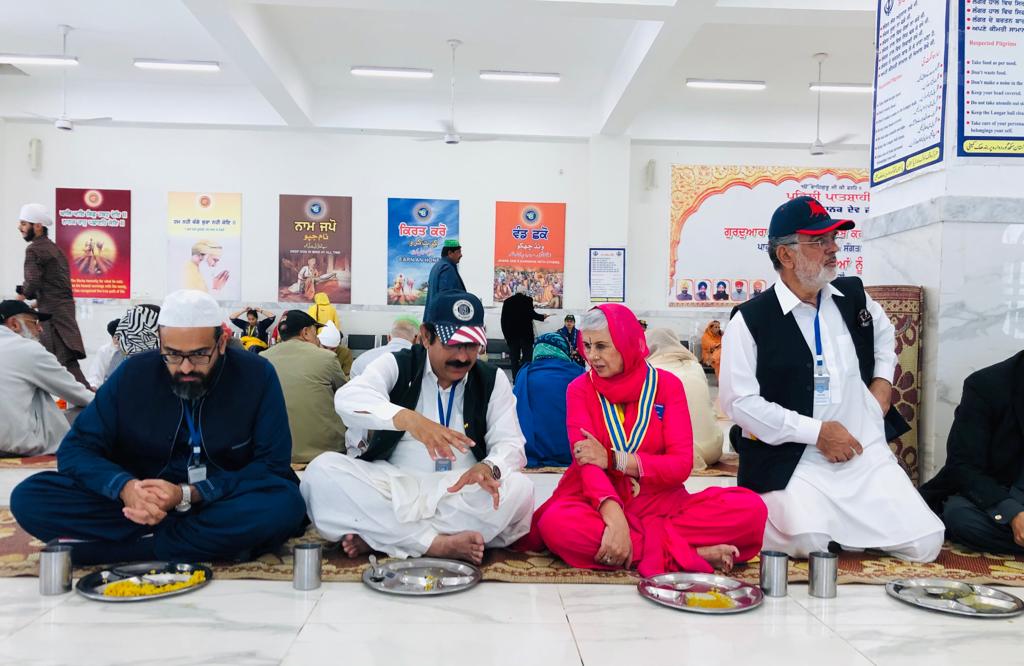The first woman who bought a Shivan and Narresh swimsuit off the ramp after their very first show at Lakme Fashion Week 2010 in Mumbai made an emotional phone call to them from a holiday resort in the Indian Ocean. A homemaker from a conservative family where women were required to keep their heads covered in the presence of men, she was going on a beach holiday with her husband and had wanted something suitable for her Indian curves that would also fit in with foreigners at a five-star resort poolside. So stunned was her husband to see her in her sensuous new Shivan and Narresh avatar, it led to the unraveling of a whole new dimension in their relationship. “I’m just calling to say I am a very satisfied customer,” she said with feeling, her voice choked up.
Six months into their new business of designing modern, sexy swimsuits for Indian women, designer duo Shivan Bhatiya and Narresh Kukreja realised they were dealing with confidence, not fashion. “There was a problem of what women felt about themselves, body issues, cultural issues, social conditioning – it was not just about what they wore but how they looked at themselves in the mirror,” says 31-year-old Kukreja at his three-story Gurugram studio. The young men decided to become problem solvers and, in less than seven years, also managed to win awards, exceed their own expectations, and become one of the hottest upcoming brands India had known.

Both Bhatiya and Kukreja were born to north Indian business families – Bhatiya in Kanpur and Kukreja in Delhi – and met each other at NIFT, where Bhatiya studied leather corsetry and Kukreja trained in fashion design. Early on, they zoomed in on swimwear as their category of specialisation. With a penchant for participating in competitions and winning prizes in school and college, they decided to show their 100% stitch-free swim line at the prestigious Mare di Moda Swimwear Awards in Cannes. They won. This was followed by another notable award at Mittelmoda International Beachwear Awards 2006 in Bali, and then at New Zealand’s World of Wearable Art Awards in the Bizarre Bra Category – an unusual but coveted platform where creativity surpasses the boundaries of commercial viability. All this recognition led to a scholarship at the world-famous Istituto Europeo di Design, where Bhatiya went on to study fashion and textiles in Milan, while Kukreja did his Masters in luxury marketing at the Rome campus. It was an experience that set the tone of their clothing design in the years to come.
“Indian design is obsessed with surface embellishment, whereas European design focuses more on the cut,” says Kukreja of the differences in ethos. Armed with technical knowledge and experience in the Western ways in garment manufacturing, they launched their label Shivan and Narresh in Cannes in 2008, and returned to India to start their commercial venture together. Having tied up with the makers of Lycra and Italian jersey fabrics, along with an investment in special machines imported from Europe, they set out to design bathing costumes for Indian women, whose peculiar needs – shorter torsos, curvier bodies, conservative social setups, inherent shyness and acute body-image issues – had never been addressed before. It was a problem they decided to solve with design.

“One has to understand spatial elements, how the body responds to space, what a cut across a curve can do to the body,” says Kukreja, his eyes serious behind his dark-rimmed spectacles. The designers approached swimwear not as sportswear or fashion but as intimate-wear, something that could disturb or enhance a woman’s perception and enjoyment of her own body. It needed to be something that made her feel good about herself. They also added modern touches – pockets for mobile phones or money; snug, sexier fits and cuts; and advanced fabrics that highlighted the right parts and glossed over the wobbly bits. They even used block colours as a technique to solve problems – “Use bolder colours on areas you want to highlight, and neutral colours on those you want to hide” – and ended up with a visual language that became their unique calling card.
Instantly, they were a hit. Elle India featured them in its ‘power list’ in 2009, and awarded them for best resortwear in 2010. Marie Claire India awarded them best emerging designers. As India’s only swimwear brand, they were regularly featured in summertime fashion editorial shoots or on the cover of celebrity magazines when stylists wanted a break from international labels. They became India’s first brand to showcase at Mercedes Benz Fashion Week SWIM at Miami in July 2011. At the same time, famed costume designer Arjun Bhasin asked them to create 100 vintage swimsuits for a movie he was working on. After research and hard labour over three months, they came up with the required pieces in the old style and pattern. When the movie, Life of Pi, finally released in late 2012, they became part of a Hollywood legend.
Even while struggling as new designers to make a profit, they found new problems to solve. Their garments were mostly bought by women headed to destination weddings – wouldn’t they need lightweight jewellery instead of heavy precious metal? So they came up with a stunning leather-and-gemstone line of fashion jewellery, which instantly lapped up the Swarovski Jewellery Design Award. And what about women who needed to go from beach to party during the wedding festivities – how about something they could slip on, zip up, and look perfectly Indian in, while also appropriate for a foreign destination? So they came up with the ‘bikini sari’. The fashion world went berserk. It was unlike anything anyone had ever imagined before – slinky, sexy, contemporary, and yet completely acceptable in an Indian setting. More awards followed.
Indian fashion has always had a size problem. So Shivan and Narresh developed a standardised swimwear sizing system for Indian women, never attempted before by any Indian manufacturer. They began offering made-to-order services, along with cocktail-wear that could look just as good in a fancy hotel as by the beach. Their technologically forward fabrics – resistant to chlorine, sand, peeling, curling, sunscreens and oils, while also offering high protection from UV rays – along with their modest cuts went down well with customers. Indian women had too many issues with imported swimsuits designed for Western bodies – too low cleavage, too much skin, not enough coverage, longer torsos and straps, boring neutral colours. With the advent of Shivan and Naresh, Indian women, at least the wealthier ones, could finally get something that suited their size and sensibility.

Patrons emerged from everywhere, from small towns in the heart of India to Middle Eastern cities. The duo set up two stores – in Delhi and Goa – and also began retailing through multi-brand stores such as Aza and Evoluzione besides online. They began organizing pop-ups in cities where they had no physical presence, and found themselves consistently sold out, so they made it a six-monthly routine to go to customers in Raipur and Jaipur. “Women in smaller towns have a more international sensibility than those in the metros,” marvels Kukreja. “They tend to pick up a piece each of the entire collection – from partywear to swimwear to complementing sarongs and accessories – unlike those in big cities who may take one-odd piece.” Often, women from the same family would purchase different pieces from the same collection so that they didn’t ‘clash’ in Instagram photos taken on holidays abroad together.
Celebrities began wearing their clothes to events, bringing them greater visibility. Global burlesque icon Dita Von Teese wore a Shivan and Narresh ‘liquid draped corset sari’ on her maiden visit to India, and French liqueur brand Cointreau dedicated a cocktail in their honour, the Cointreaukini. Bollywood stars began wearing their garments to red-carpet events. One day, soon after the opening of their first store in Hauz Khas, Delhi, two middle-aged women in traditional clothes visited them. In their hand was a newspaper clipping of Bollywood actress Bipasha Basu in a black Shivan and Narresh bikini sari. “I want this,” one of the women said, her head covered under her pallu. Somewhat awestruck, the designers watched her pay over Rs 50000 for the exact garment Basu had worn. “My daughter-in-law will look very good in this,” the woman said, self-satisfied, as she left their store with her companion.
More problems awaited resolution. “My friends are going to throw me in the pool at my mehendi party,” one to-be bride told them. “Please make me something that is water-resistant.” So Bhatiya and Kukreja developed skein work on Lycra saris and water-resistant lehengas – even if all brides weren’t planning to get wet, it was a pretty cool idea to wear to a beach wedding in any case. “We are never going to be the usual kind of bridalwear designers,” Kukreja admits, “but we try to solve practical, functional issues that millennials headed for destination weddings face, by making garments that are light, attractive in photos, low on maintenance, water-proof, stain-proof and don’t need ironing.”

The designers are also unique when it comes to their marketing strategy – they do not advertise in the traditional sense. Nor do they invite media for their pop-ups and other events. For them, word-of-mouth references and celebrity patronage has brought them more attention than an ‘in-your-face’ advert in a magazine ever could. “Which is why we focus on the product and the sense of love a woman should feel for her body,” says Kukreja, who is a year younger than Bhatiya, and the more media-savvy of the two.
It has not always been a happy journey, though. In 2013, Kukreja lost his father to cancer, and was grief-stricken. Encouraged by his mother, who wanted to help cancer survivors feel more confident in their bodies, the designers developed a line of mastectomy blouses for breast-cancer survivors; along with Tata Memorial hospital, they now supply these blouses for free to the needy.
The past year has been busier than most; the designers launched a menswear line (because brides wanted their husbands looking modern, sexy and ‘worthy of them’ on foreign honeymoons) and dabbled in wedding décor. They also designed Kukreja’s home in Gurugram using their own modern, minimalistic aesthetic. Terming themselves a ‘holiday lifestyle’ brand, they say they are unafraid of competition because of the technical knowhow and the capital expenditure required; it takes five machines to make one swimsuit and not many designers can aspire to that. “We’re in our own category: self-love,” smiles Kukreja.
They are also a commendable story of ambition and dedication, and what one can achieve when one sets out with a customer-centric mindset. As Kukreja puts it, “Dream big, solve problems, and the resources will follow.”
This article was first published in Blackbook magazine.









Leave a comment